Tyson Foods: Chicken Little
The world's largest poultry producer has watched sales -- and earnings -- fall, but analysts say the company's prospects are improving.
It would be easy to assume the sky is falling at Tyson Foods, one of the world's largest chicken producers. The Springdale, Ark., company lost $127 million, or 37 cents a share, for the quarter that ended April 1 as sales dipped 1.7% to $6.25 billion. Avian influenza has sapped the demand for poultry. And bird flu will grab more headlines as the U.S. government announces its plans to deal with the virus if it becomes pandemic.
Chicken isn't the only protein problem for Tyson. Its beef business reported a $188 million operating loss in the quarter. That division has languished since 2003 when a case of mad cow disease was found in the United States. Chief executive John Tyson blamed a worldwide meat glut for the company's anemic quarterly performance.
But Credit Suisse analyst David Nelson says that the chicken market has bottomed out, which should bode well for Tyson's shares (symbol TSN). "The magnitude of the weakness is behind us," Nelson says.
From just $107.88 $24.99 for Kiplinger Personal Finance
Be a smarter, better informed investor.

Sign up for Kiplinger’s Free Newsletters
Profit and prosper with the best of expert advice on investing, taxes, retirement, personal finance and more - straight to your e-mail.
Profit and prosper with the best of expert advice - straight to your e-mail.
Tyson Foods usually increases chicken production for the summer but won't this season. In fact, the company has cut its supply of chickens by 25%. Tyson executives say cases of bird flu have waned and forecast that poultry demand in Western Europe will improve. Moreover, they expect the reopening of Taiwan to beef imports to buoy that division.
Indeed, the earnings picture is improving. A few weeks ago, analysts, on average, expected Tyson to lose 11 cents a share for the fiscal year that ends September 30. Now, they expect a profit of one cent a share.
That's not much, but it indicates that analysts' perceptions of Tyson's prospects are improving, and that bodes well for the stock, which closed Tuesday at a little under $15 and is about 31% off its mid-2004 high. Nelson expects Tyson to earn $1.20 per share in the fiscal year that ends September 2007, so the stock trades at a modest 13 times that number. Nelson rates the stock "outperform," with a price target of $18.
-- Thomas M. Anderson
Profit and prosper with the best of Kiplinger's advice on investing, taxes, retirement, personal finance and much more. Delivered daily. Enter your email in the box and click Sign Me Up.
-
 A Lesson From the School of Rock About the Markets
A Lesson From the School of Rock About the MarketsIt's hard to hold your nerve during a downturn, but next time the markets take a tumble, remember this quick rock 'n' roll tutorial and aim to stay invested.
-
 I retired at 65 with $7.8 million and feel like I over-saved. My 40-something son is on the same path. Should I tell him to reconsider?
I retired at 65 with $7.8 million and feel like I over-saved. My 40-something son is on the same path. Should I tell him to reconsider?We ask financial experts for advice.
-
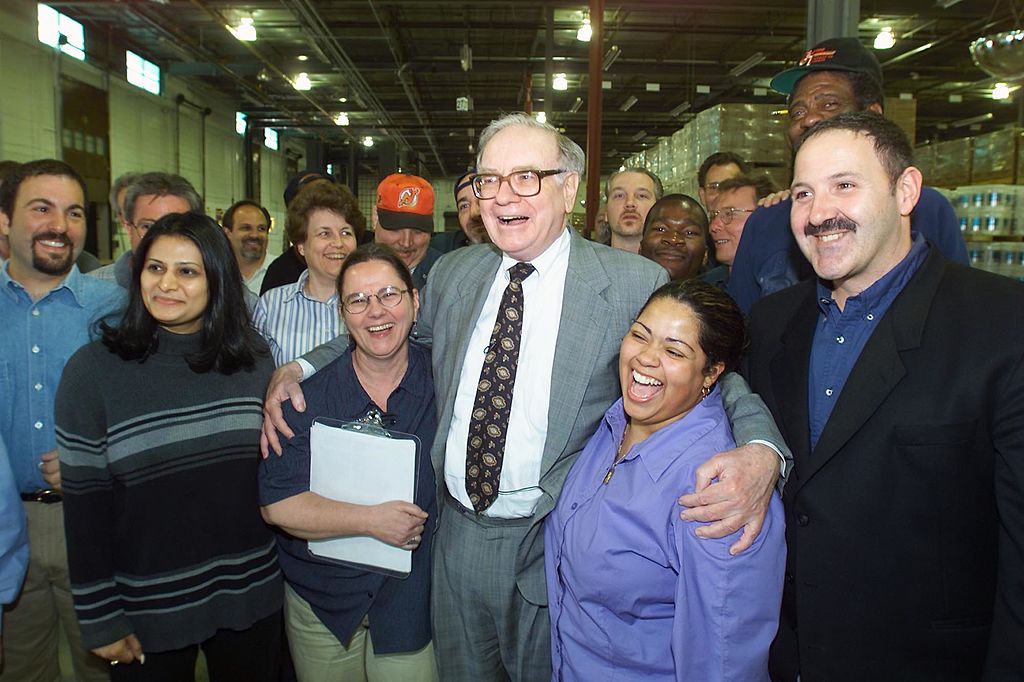 What the Rich Know About Investing That You Don't
What the Rich Know About Investing That You Don'tPeople like Warren Buffet become people like Warren Buffet by following basic rules and being disciplined. Here's how to accumulate real wealth.
-
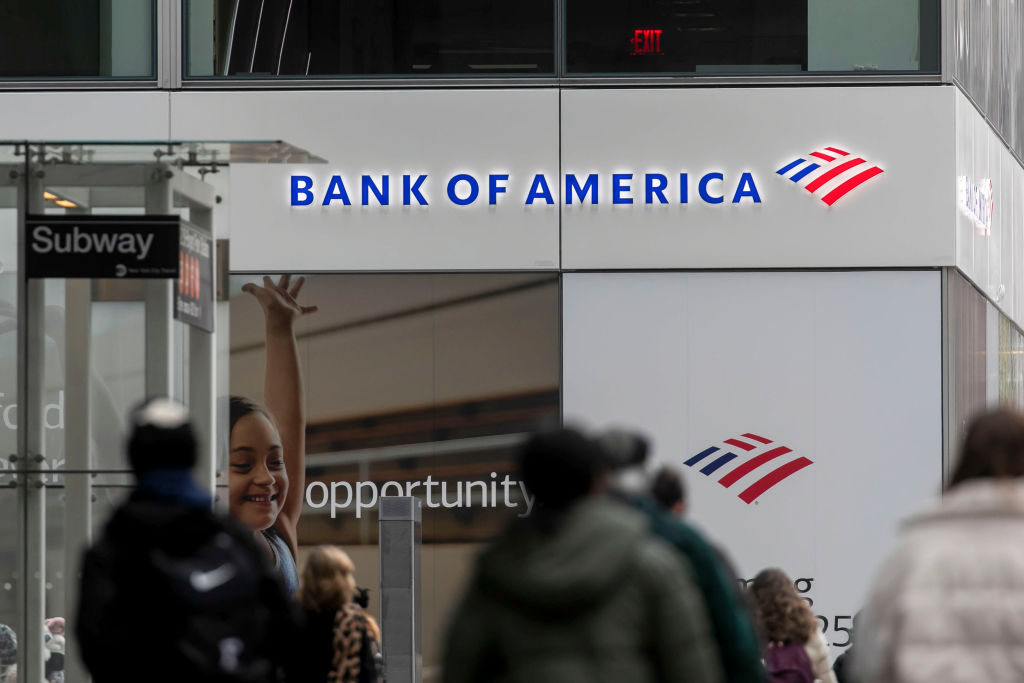 If You'd Put $1,000 Into Bank of America Stock 20 Years Ago, Here's What You'd Have Today
If You'd Put $1,000 Into Bank of America Stock 20 Years Ago, Here's What You'd Have TodayBank of America stock has been a massive buy-and-hold bust.
-
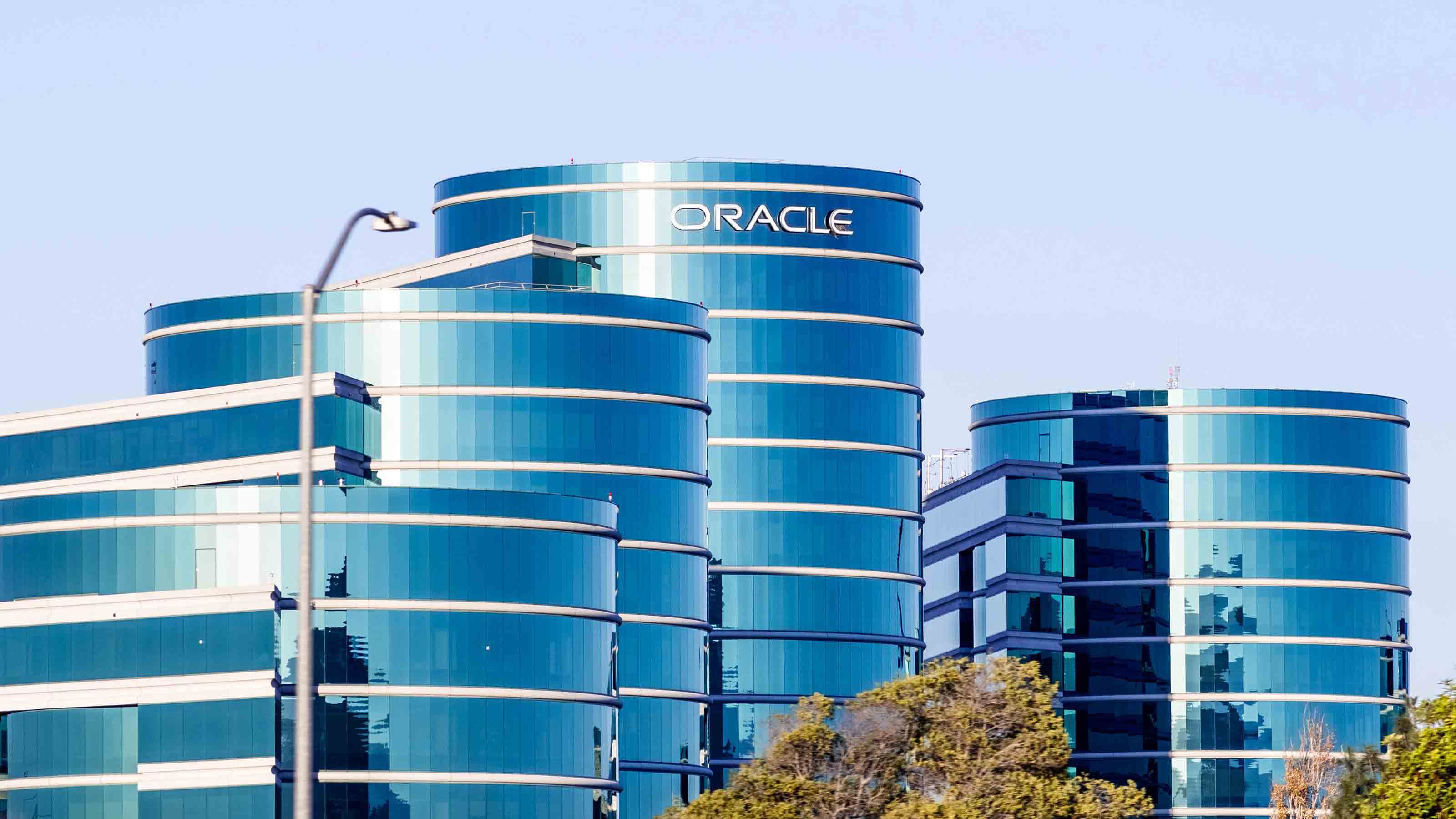
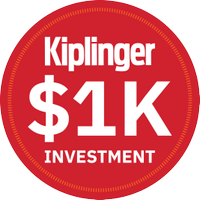 If You'd Put $1,000 Into Oracle Stock 20 Years Ago, Here's What You'd Have Today
If You'd Put $1,000 Into Oracle Stock 20 Years Ago, Here's What You'd Have TodayORCL Oracle stock has been an outstanding buy-and-hold bet for decades.
-
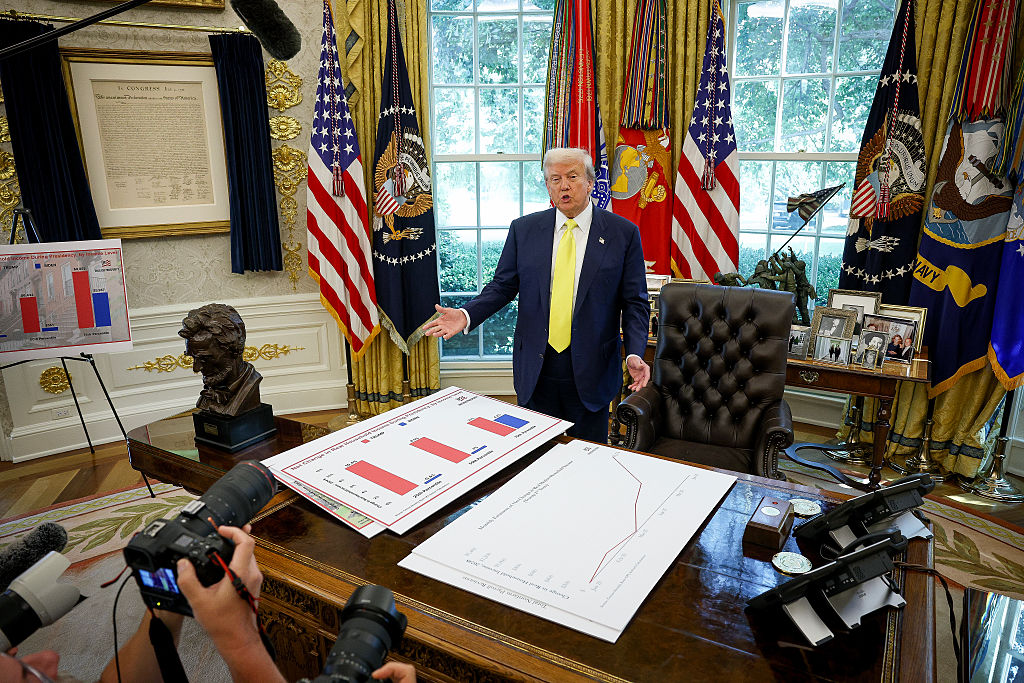 How to Invest for Rising Data Integrity Risk
How to Invest for Rising Data Integrity RiskAmid a broad assault on venerable institutions, President Trump has targeted agencies responsible for data critical to markets. How should investors respond?
-
 If You'd Put $1,000 Into Sherwin-Williams Stock 20 Years Ago, Here's What You'd Have Today
If You'd Put $1,000 Into Sherwin-Williams Stock 20 Years Ago, Here's What You'd Have TodaySherwin-Williams stock has clobbered the broader market by a wide margin for a long time.
-
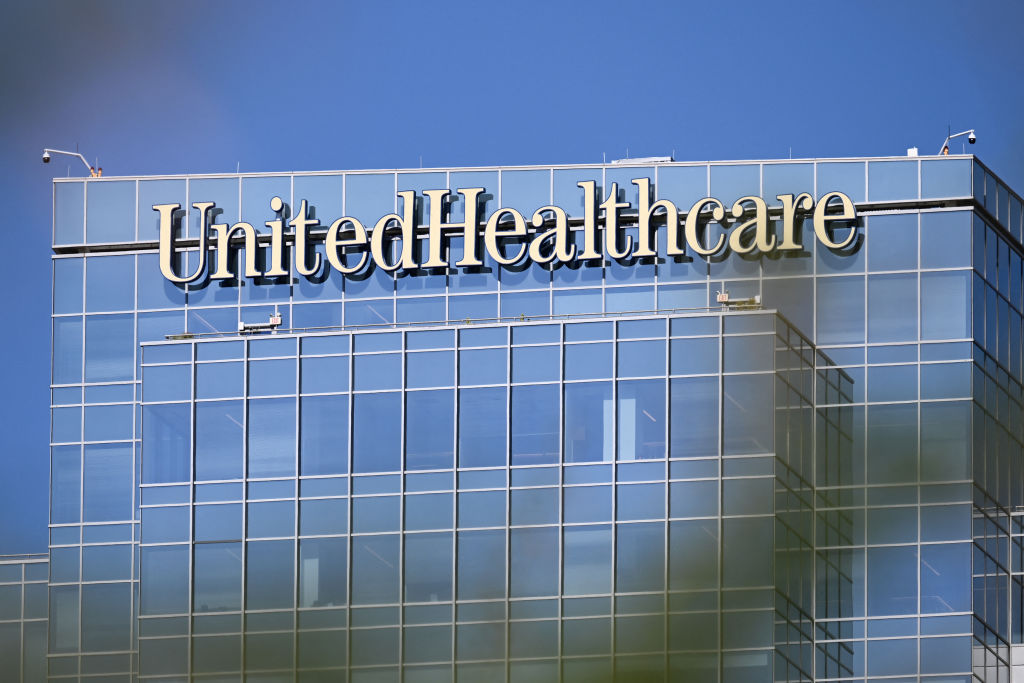 If You'd Put $1,000 Into UnitedHealth Group Stock 20 Years Ago, Here's What You'd Have Today
If You'd Put $1,000 Into UnitedHealth Group Stock 20 Years Ago, Here's What You'd Have TodayUNH stock was a massive market beater for ages — until it wasn't.
-
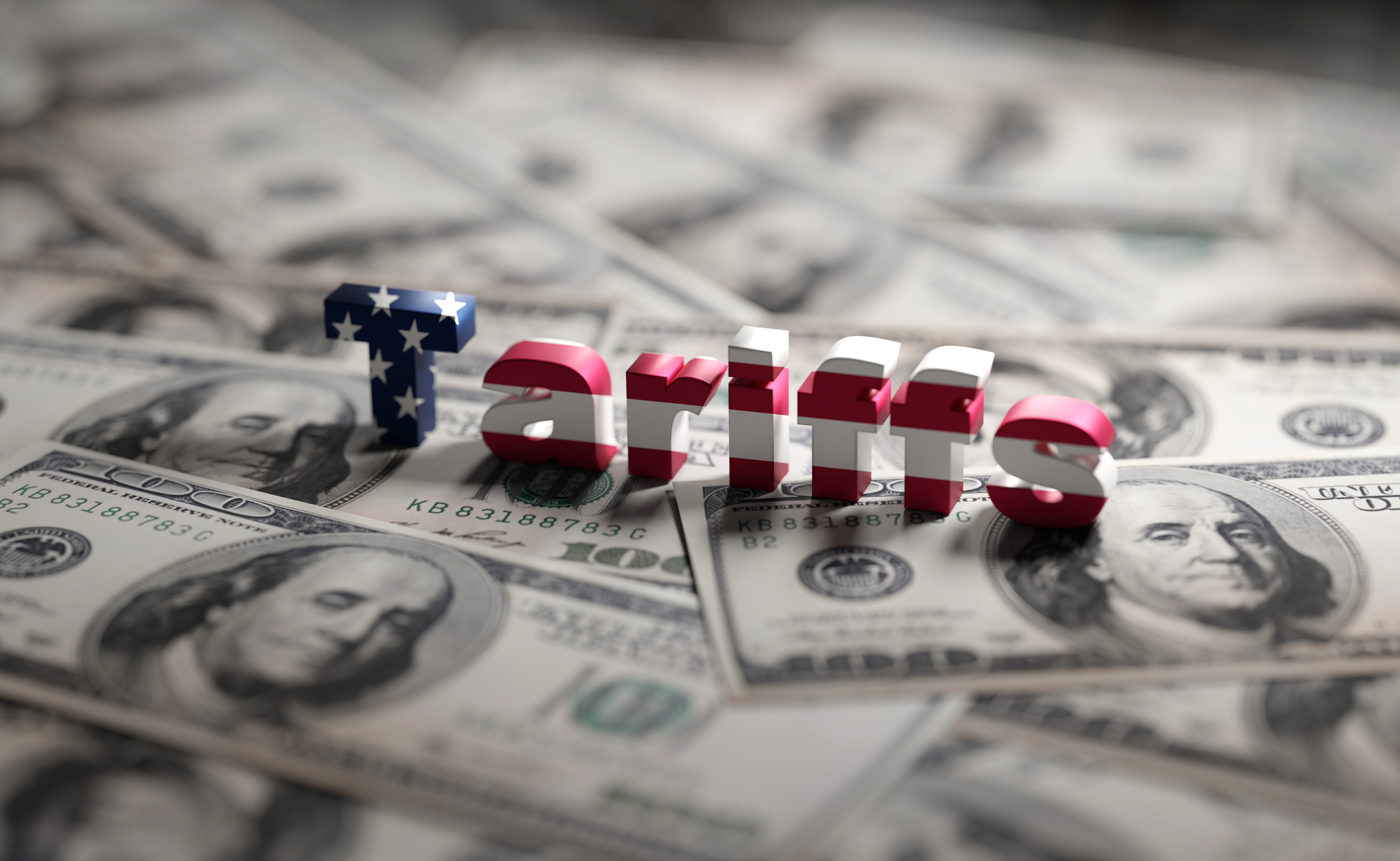 What Tariffs Mean for Your Sector Exposure
What Tariffs Mean for Your Sector ExposureNew, higher and changing tariffs will ripple through the economy and into share prices for many quarters to come.
-
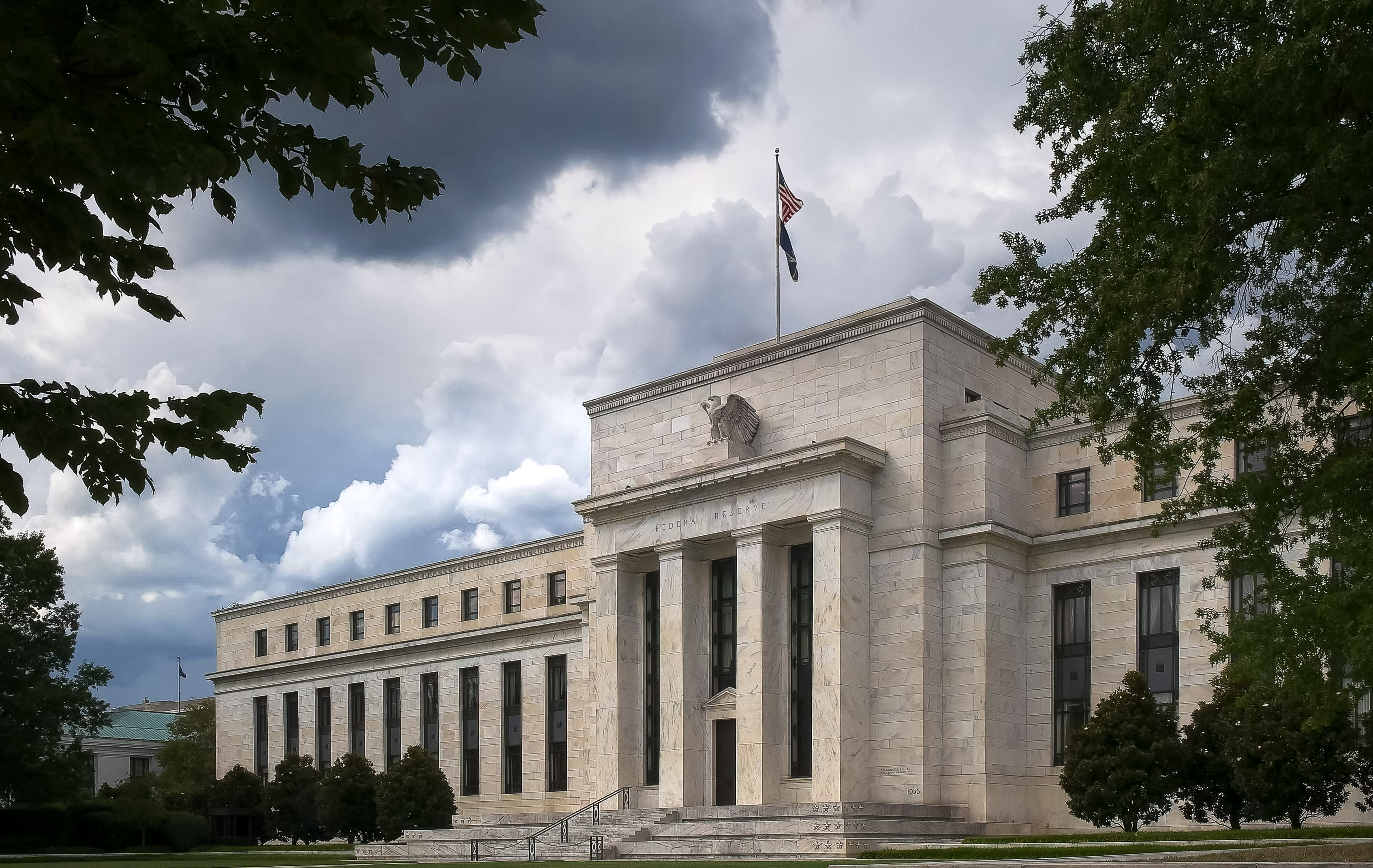 How to Invest for Fall Rate Cuts by the Fed
How to Invest for Fall Rate Cuts by the FedThe probability the Fed cuts interest rates by 25 basis points in October is now greater than 90%.